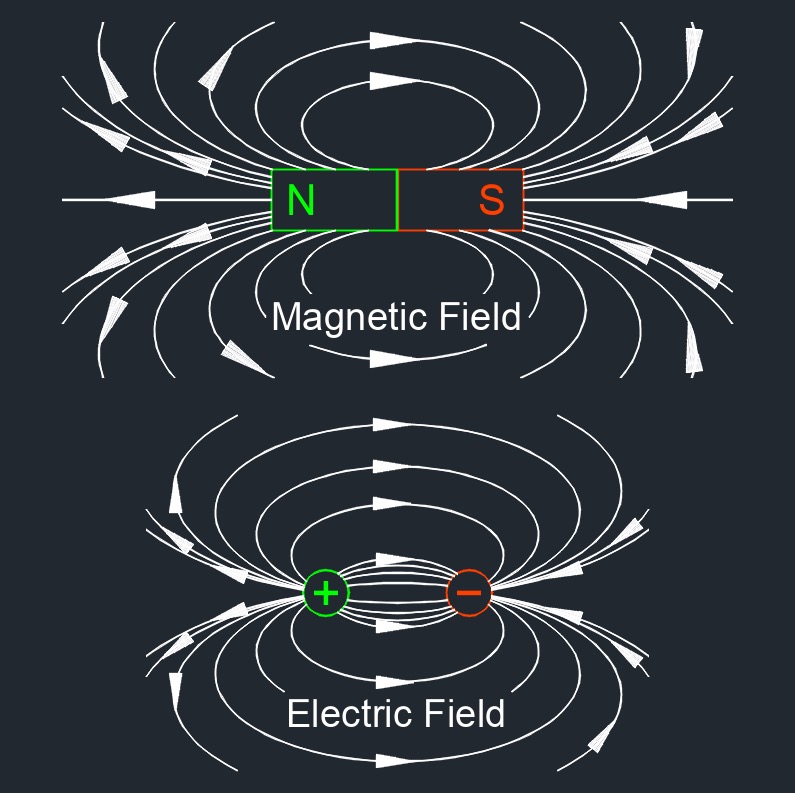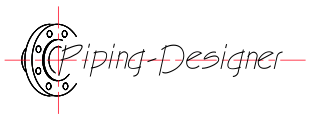Ampere-Maxwell Law
Ampere-Maxwell Law Formula |
||
| \( \triangledown \;x\; B \;=\; \mu_0 J + \mu_0 \epsilon_0 \dfrac{ \partial E }{ \partial t } \) | ||
| Symbol | English | Metric |
| \( \triangledown \) = Represents Divergence (How Much a Field Spreads Out) | \(dimensionless\) | \(dimensionless\) |
| \( B \) = Magnetic Flux Density | \(G\) | \(T\) |
| \( \mu_0 \) = Permeability of Free Space | \(H \;/\; ft\) | \(H \;/\; m\) |
| \( J \) = Electric Current Density | \(A \;/\; in^2\) | \(A \;/\; m^2\) |
| \( \epsilon_0 \) = Permittivity of Free Space | \(F \;/\; ft\) | \(F \;/\; m\) |
| \( \partial E \) = Infinitesimal Change in Electric Field Vector | \(N \;/\; C\) | \(V \;/\; m\) |
| \( \partial t \) = Infinitesimal Change in Time | \(sec\) | \(s\) |

Ampere-Maxwell law, an extension of Ampere’s circuital law, is a principle in electromagnetism that relates magnetic fields to electric currents and changing electric fields. It states that the magnetic field circulating around a closed loop (the line integral of the magnetic field) is proportional to the total electric current passing through the loop plus the rate of change of the electric flux through the surface bounded by that loop.
See Articles

